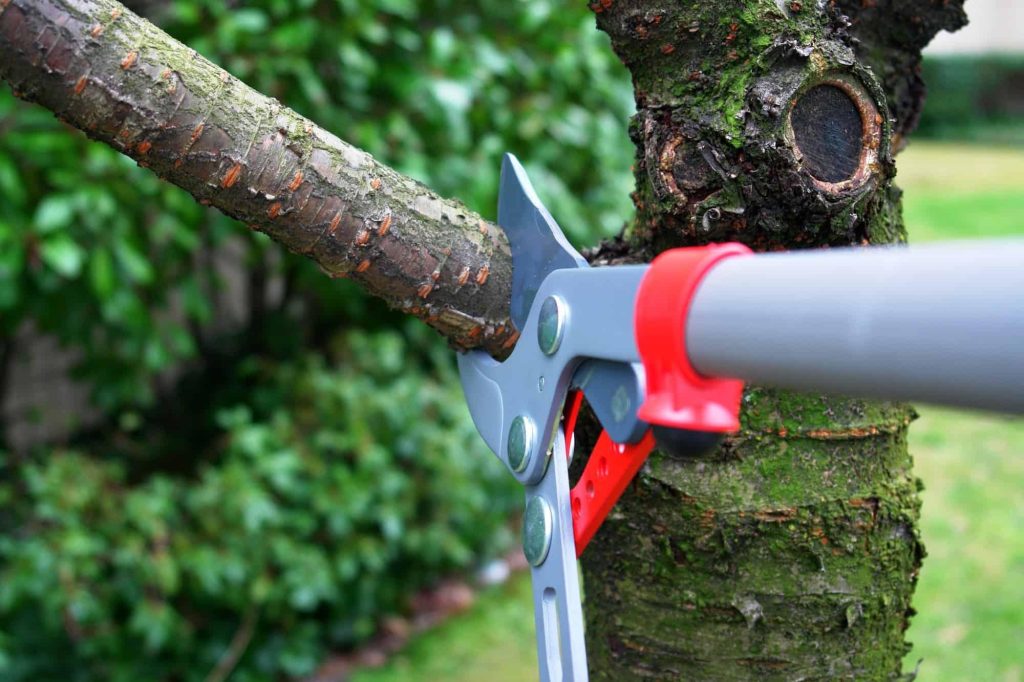Commercial Landscaping is A Year-Round Mission
Commercial property maintenance requires hard work and proper planning. Developing a schedule for your commercial landscaping will ensure that no task is overlooked, helping your property to thrive no matter the season.
Creating a commercial landscaping maintenance schedule involves finding the right balance between the needs of the plants, the customer’s aesthetic preferences, and budget constraints. Here’s a general schedule you can tailor to your specific needs:

Weekly Tasks:
- Mowing: Depending on the season, grass may need to be mowed weekly to maintain a neat appearance.
- Weeding: Regularly check for weeds and remove them to prevent them from overtaking the landscape.
- Trash Removal: Pick up any litter or debris to keep the area clean and presentable.
- Irrigation Check: Inspect irrigation systems for leaks, clogs, or malfunctions.
- Trimming/Pruning: Trim bushes, hedges, and trees as needed to maintain shape and prevent overgrowth.
Monthly Tasks:
- Fertilizing: Apply fertilizer to promote healthy growth, typically done once a month during the growing season.
- Pest and Disease Inspection: Check plants for signs of pests or diseases and treat as necessary.
- Mulching: Replenish mulch to help retain moisture, suppress weeds, and improve soil health.
Quarterly Tasks:
- Soil Testing: Conduct soil tests to assess nutrient levels and pH, and adjust fertilization accordingly.
- Aeration: Aerate the soil to improve air circulation, water penetration, and root growth.
Seasonal Tasks:
Spring:
- Planting: Install new plants or flowers as needed.
- Clean-up: Remove any debris accumulated over the winter.
- Pruning: Trim back any damaged or overgrown branches.
Summer:
- Watering: Ensure plants receive adequate water, especially during hot and dry periods.
- Monitoring: Keep an eye out for signs of drought stress or heat damage.
Fall:
- Leaf Removal: Regularly remove fallen leaves to prevent the suffocation of grass and plants.
- Winterization: Prepare plants for winter by mulching and protecting delicate species.
Winter:
- Planning: Use this time to plan for the upcoming year, including design changes or plantings.
- Maintenance: Inspect and maintain equipment during the offseason.
Annual Tasks:
- Renovation: Assess the landscape for any areas that may need renovation or redesign.
- Budget Planning: Review and adjust the maintenance budget based on the previous year’s expenses and upcoming needs.
Adjust this schedule based on your specific climate, plant types, and client preferences. Regular communication with the client and ongoing evaluation of the landscape’s needs will help ensure a successful maintenance program.
